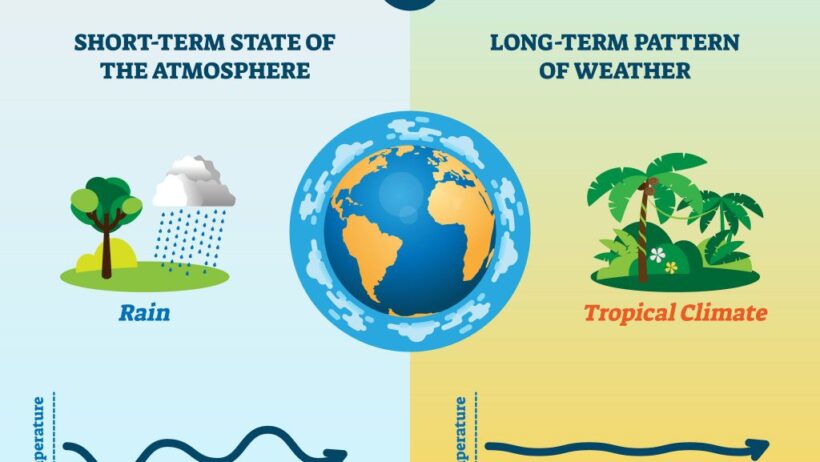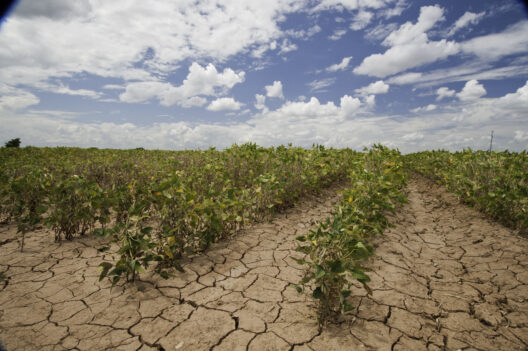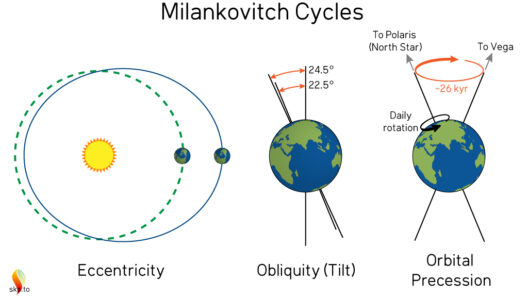
friendsoftheearth.uk
climate change impacts map world heatwaves hurricanes weather temperature storm extreme earth surges heatwave cold red
Climate change has emerged as one of the most pressing challenges of our time, influencing weather patterns and exacerbating natural disasters across the globe. Among the most alarming manifestations of this phenomenon are heatwaves and hurricanes, which have far-reaching implications for ecosystems, human health, and infrastructure. As temperatures rise and atmospheric conditions fluctuate, understanding the interplay between these extreme weather events and climate change becomes paramount.
Heatwaves are defined as prolonged periods of excessively high temperatures, often accompanied by high humidity. They may seem like an isolated phenomenon, but they are indicative of broader climatic shifts. The increasing frequency and duration of heatwaves serve as a clear alarm bell, signaling not only the transformations in our climate but also the ensuing consequences for both natural and anthropogenic systems. As global temperatures ascend, regions that were once temperate now combat sweltering heat, leading to devastating repercussions for biodiversity, agriculture, and public health.
One of the most immediate effects of heatwaves is the strain they impose on public health systems. Vulnerable populations, including the elderly and those with pre-existing health conditions, are particularly at risk. Rising temperatures have been linked to an uptick in heat-related illnesses, such as heatstroke and dehydration. Hospitals, already burdened by multiple stressors, must now contend with surges of patients suffering from these conditions. Moreover, heatwaves exacerbate existing chronic diseases, ultimately leading to increased mortality rates, particularly in marginalized communities.
In addition to health impacts, heatwaves pose a substantial threat to food security. Extreme heat can disrupt agricultural cycles, impair crop yields, and diminish livestock productivity. For instance, high temperatures can stunt plant growth and increase water evaporation from both soil and vegetation. Crop failures not only jeopardize the livelihood of farmers but also contribute to food scarcity and rising prices. As demand for food continues to escalate with a burgeoning global population, the implications of heatwaves on agriculture cannot be overstated.
Furthermore, the environmental ramifications of heatwaves should not be underestimated. Prolonged periods of elevated temperatures can lead to the degradation of ecosystems. Increased heat reduces water levels in rivers and lakes, stressing fish populations and other aquatic life. Terrestrial wildlife also suffers as habitats become inhospitable. The delicate balance of ecosystems is disrupted, leading to shifts in species distribution and a decline in biodiversity. This creates a cascading effect, whereby the loss of one species can have profound implications for various interconnected organisms.
On the other side of the climate spectrum, hurricanes represent another stark manifestation of climate change. Unlike heatwaves, which may be felt gradually, hurricanes are violent, sudden, and destructive. Warm ocean waters foster the development and intensification of hurricanes, with rising sea surface temperatures creating optimal conditions for these storms to flourish. As climate change progresses, the intensity and frequency of hurricanes are likely to escalate, leading to catastrophic outcomes for coastal regions.
Hurricanes are characterized by their formidable winds, torrential rain, and storm surges that can inundate coastal communities. The devastation wrought by hurricanes is multifaceted; it decimates homes, obliterates infrastructure, and disrupts livelihoods. The aftermath of a hurricane leaves communities grappling with the challenges of recovery and rebuilding, which can take years or even decades. The financial toll on both affected individuals and local economies can be staggering, resulting in a long-lasting cycle of vulnerability.
Moreover, hurricanes amplify the severity of flooding, a pressing concern as climate change leads to rising sea levels. Coastal cities increasingly face the dual threat of stronger storms and encroaching waters. These cities are often ill-prepared for the onslaught of both; infrastructure designed for a bygone era struggles to withstand the meteorological realities of today. As storm surges overwhelm seawalls and levees, the consequences of inadequate preparation become painfully evident.
The linkage between hurricanes and heatwaves extends beyond immediate damage. The increase in both types of climate phenomena creates a feedback loop wherein extreme weather becomes more commonplace. As heatwaves exacerbate drought conditions, the soil becomes less capable of absorbing rainfall. When rain finally falls, it leads to increased runoff and higher rates of flooding during hurricanes. This intricate relationship illustrates the complexity of climate change and its compounding effects on weather patterns.
Addressing these challenges requires a multifaceted approach that includes climate mitigation and adaptation strategies. Reducing greenhouse gas emissions is critically important for slowing the progression of climate change, while simultaneously investing in resilient infrastructure can help communities withstand the impacts of heatwaves and hurricanes. Enhanced forecasting technology and early warning systems are vital tools that can help countries prepare for and respond to these weather extremes.
Public awareness and education are equally crucial. By disseminating information about the impacts of heatwaves and hurricanes, communities can better understand the risks and take proactive measures. Local governments, organizations, and individuals must collaborate to create emergency response plans tailored to their unique vulnerabilities. Such multidisciplinary approaches can empower communities to face the daunting challenges posed by climate change.
In conclusion, the interplay of heatwaves, hurricanes, and climate change underscores the urgent need for action. These phenomena are interconnected facets of a larger crisis, emphasizing the significance of sustainability, resilience, and preparation. As societies grapple with the escalating realities of climate change, recognizing the profound influence of these extreme weather events will prove crucial in crafting effective solutions for current and future generations.





